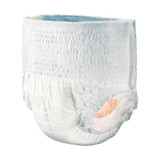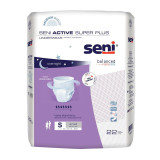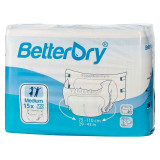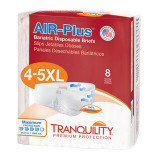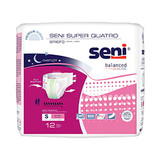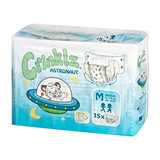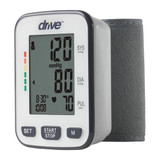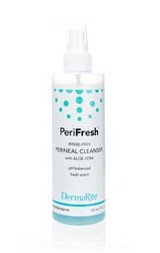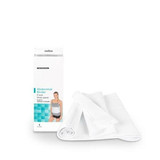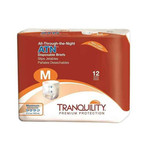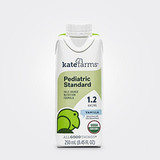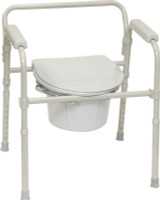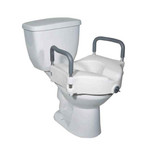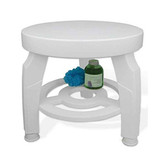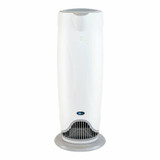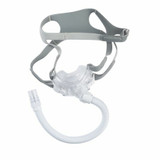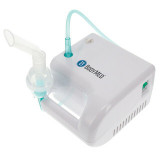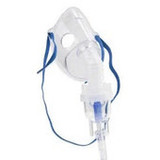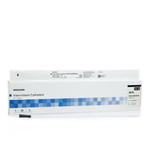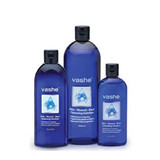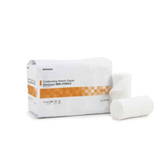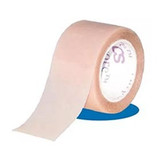
The Caregiver Guide - Coping with Impaired Vision or Hearing
An inevitable consequence of aging is the loss of sensory capacity. Although all five senses may deteriorate, impaired vision or hearing are usually the first to manifest to a noticeable extent. Vision and hearing are also probably the senses that would have the biggest impact on someone’s quality of life once they’re gone.
A degree of impaired vision is common at all ages. The World Health Organization reports that more than 25% of the global population has some vision impairment. Shockingly, it also asserts that half of these cases could have been prevented or have not yet been addressed. And, of course, as with many health issues, the prevalence is much higher in older people.
Vision impairment in older people can range from mild long or short-sightedness, where things are just a little hazy, to severe impairment affecting the ability to see clearly or even complete blindness. This loss of visual acuity can make daily activities such as reading, driving, or recognizing faces challenging. It may lead to an increased risk of falls and accidents if not properly managed.
Hearing loss is another common sensory challenge many older people may face. It can vary from mild difficulty in hearing specific frequencies to profound deafness. Hearing loss affects not only communication but also social interactions and relationships. People with hearing impairment may feel isolated or excluded from conversations, leading to frustration and loneliness.
Recognizing the Signs and Symptoms of Vision and Hearing Loss
Recognizing the signs and symptoms of vision and hearing loss can facilitate early detection and intervention. Although vision and hearing loss can seldom be completely reversed or cured, modern medical science has developed techniques and therapies that can significantly reduce the adverse effects and help preserve the quality of life of an affected person.
Signs of impaired vision may include blurred or hazy vision, difficulty reading or recognizing faces, increased sensitivity to light, frequent headaches, and trouble navigating in dimly lit areas. It is important to note that these symptoms can vary depending on the underlying cause of the vision loss, such as cataracts, glaucoma, or age-related macular degeneration.
On the other hand, symptoms of hearing loss may manifest as difficulty understanding conversations in noisy environments, frequently asking others to repeat themselves, turning up the volume on electronic devices excessively, ringing or buzzing sounds in the ears (tinnitus), and feeling socially isolated due to communication challenges.
Identifying sensory impairments requires paying attention to these signs and symptoms. Regular eye exams and hearing tests will aid early detection. If you notice any changes in your visual or auditory abilities or observe them in someone else, you should consult a healthcare professional specializing in vision or hearing care. They can provide a proper diagnosis and recommend appropriate treatment options tailored to individual needs.
Creating a Safe Environment for Seniors with Sensory Impairments
Even a partial loss of vision or hearing impacts a person’s ability to perform routine daily tasks and can increase the risk of accidents and injuries. It is necessary, therefore, to consider modifications to the home environment to make it safer and help maintain the patient's independence and quality of life.
For the visually impaired, you should focus on improving accessibility in the homes. Ensure adequate lighting throughout the house, especially in hallways, staircases, and entrances, to help prevent falls and accidents. Contrasting colors on walls and floors can assist those with low vision in distinguishing different areas of the home. Also, remove tripping hazards such as loose rugs and clear cluttered spaces.
For hearing-impaired patients, safety precautions primarily involve eliminating communication barriers. Visual alerts like flashing lights or vibrating devices can be installed to notify them of important events such as doorbells ringing or smoke alarms going off. Smoke detectors that emit a high-pitched sound, along with flashing lights, are also available for those with hearing loss.
Assistive Devices and Technologies to Enhance Independence
Modern assistive devices and technologies can significantly enhance independence for people with various types of sensory impairment. For those with impaired vision, screen readers, braille displays, and magnification tools that make it a lot easier for them to access digital content, read books, and navigate their surroundings more effectively.
For seniors with hearing loss, modern hearing aids offer a very discreet and effective solution. These devices amplify or adjust sounds to overcome specific hearing problems. Hearing aids, nowadays, are equipped with advanced features like noise reduction, directional microphones, and Bluetooth connectivity to customize the listening experience.
In addition, various other technology solutions have emerged that address sensory impairments. For example, there are apps and software programs that convert text to speech or provide real-time captioning for people with hearing loss. There are also wearable devices that use haptic feedback or vibrations to convey information to the visually impaired.
Overall, these assistive devices and technologies empower individuals with sensory impairments by improving their access to information, communication abilities, and overall independence. They continue to evolve rapidly as technology progresses, offering greater opportunities for inclusion and participation in various aspects of life.
Effective Communication Strategies
A visually impaired or hearing-impaired person is likely to become frustrated when they’re not able to function normally. This could lead to depression or other mental health issues. Communicating with them may, therefore, require specific strategies to address their individual needs.
For people with impaired vision, we can consider some of these techniques:
· Use verbal descriptions. Provide detailed verbal descriptions of people, objects, and surroundings to help them visualize their environment.
· Speak clearly. Enunciate your words clearly and at a moderate pace. Avoid shouting, as it can distort sound perception.
· Offer assistance. Ask if they require any assistance navigating their surroundings or reading printed materials.
· Use tactile cues. If appropriate, use touch to convey information by guiding them through a space or using tactile markers for orientation.
For the hearing impaired, the following strategies can improve understanding:
· Face-to-face communication. Ensure that you are facing the person directly when speaking so they can lip-read and observe facial expressions.
· Use visual aids. Utilize visual aids such as written notes or diagrams to supplement verbal communication.
· Minimize background noise. Reduce background noise whenever possible, as it can make it difficult for someone with hearing loss to focus on the conversation.
· Consider assistive devices. Explore the use of assistive listening devices like hearing aids or amplification systems that can improve sound clarity.
Conclusion
Impaired vision or hearing often significantly affect the quality of life of an affected person. Fortunately, in many cases, modern medical technology can substantially mitigate this impact. Being a caregiver is a demanding role, and the strategies we have discussed here may go some way to lighten that burden.
For advice and assistance on various assistive devices for the home and bathroom, as well as other senior care supplies like urology devices or personal care products, contact LL Medico. We have over 25 years of experience in the senior care field, and we stock a comprehensive range of quality products at competitive prices. Call us at (855) 422-4556 or email [email protected].




